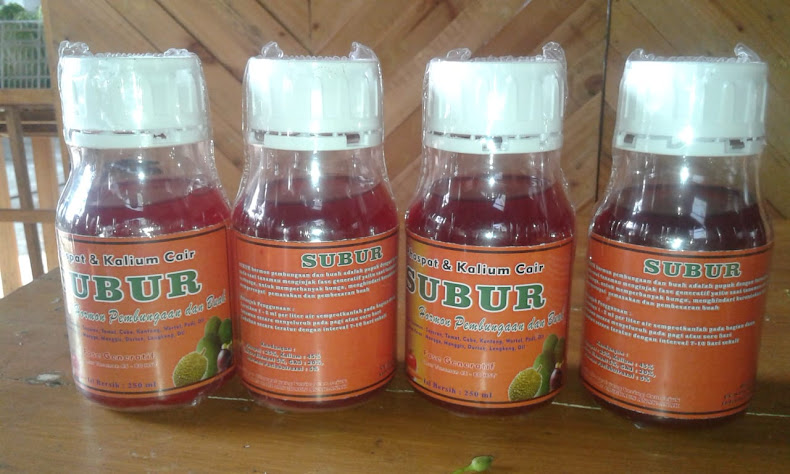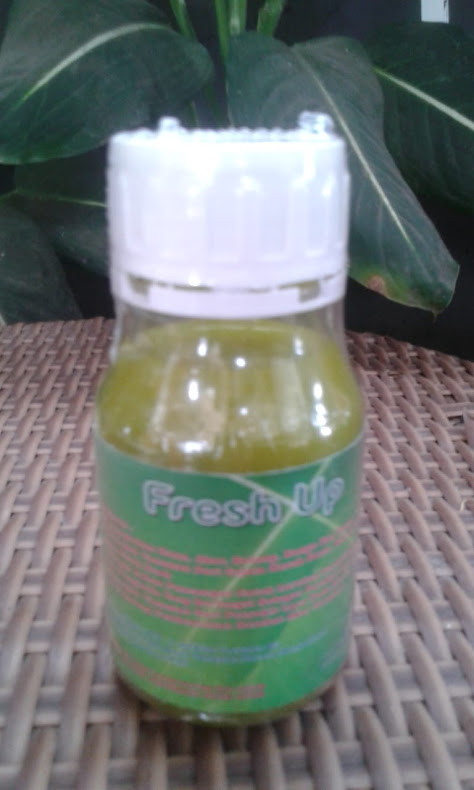Healthy with Fruits and Vegetables Recipes.Sharing all things related to health, fruits, herbs and vegetables. Traditional and Modern recipes, how to manufacture and maintain health naturally.Health is more valuable than treasures
Food Groups:-
1. Cereals and millet: Cereals and millet form the bulk of the food groups and are an important source of starch (carbohydrate), fiber, minerals and B-complex vitamins. Examples of millet are porso, pearl. Finger millet (ragi), etc. Cereals and millet grains contain 7-13 g% of protein and 2-6 g% of fat.
2. Pluses: Pulses (beans and lentils) are rich sources of protein (18-22 gm %). Soybean contains 42 gm% of protein and is regarded as king of pulses. Germination of pulses improves their nutritive value and overall bio-availability.
3. Meat group: Meat, chicken, fish and egg are also rich sources of good-quality protein, fat, minerals and vitamins. When taken in moderate quantities, they provide required energy, essential amino acids, calcium and heme-iron. Fish contains omega-3 poly unsaturated fatty acids, which offer protection against heart and vascular diseases.
4. Nuts and oil seeds: They are the important source of visible fat in our diet. Nuts and oil seeds are good sources of protein, fat, minerals, and fat-soluble vitamins such as vitamin E, A, and K; and are concentrated sources of energy (9 calories/gm) when compared to carbohydrates and proteins.
5. Vegetables: Vegetables have drawn the attention of scientists and dieticians for their proven beneficial effect in protection from cancers and improving immunity against diseases. They provide fiber, vitamins, minerals and phyto-sterols and give variety to diet. Green leafy vegetables are rich source of calcium, magnesium, potassium, iron, beta-carotene, vitamin B-complex, and vitamin-C.
6. Fruits: Fruits are rich sources of fiber, vitamins, minerals and antioxidants. Dry fruits indeed contain a good amount of protein, iron, potassium, and magnesium. Green, yellow and orange color fruits contain beta carotene. Citrus fruits like lemon, orange, berries and guava are rich in vitamin-C.
7. Milk and milk products: Milk and its products like cheese, yogurt, and butter are an important source of energy, protein, fat, minerals and vitamins. The fat in milk products, however, is mostly saturated and should be limited in obese and people with abnormal lipid profile.
8. Herbs and spices: These include garlic, tamarind, turmeric, cloves, pepper, cardamom, chilies, nutmeg, saffron, etc. Garlic contains a high amount of selenium, which is an important co-factor anti-oxidant enzyme inside the human body.
<<-Back to Food Nutrition page from Food Groups.
<<-Back to Home page from Food Groups.
Click this link to visit very informative pages on:-

![]() ^ Back to TOP
^ Back to TOP
 Google Blogger
Google Blogger

 Posted in:
Posted in: 










0 comments:
Post a Comment